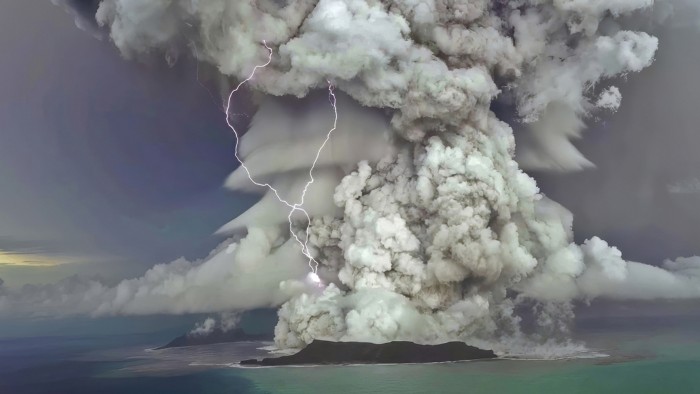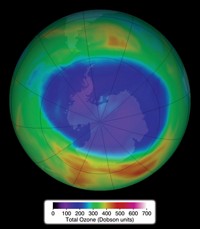Advertisement
Grab your lab coat. Let's get started
Welcome!
Welcome!
Create an account below to get 6 C&EN articles per month, receive newsletters and more - all free.
It seems this is your first time logging in online. Please enter the following information to continue.
As an ACS member you automatically get access to this site. All we need is few more details to create your reading experience.
Not you? Sign in with a different account.
Not you? Sign in with a different account.
ERROR 1
ERROR 1
ERROR 2
ERROR 2
ERROR 2
ERROR 2
ERROR 2
Password and Confirm password must match.
If you have an ACS member number, please enter it here so we can link this account to your membership. (optional)
ERROR 2
ACS values your privacy. By submitting your information, you are gaining access to C&EN and subscribing to our weekly newsletter. We use the information you provide to make your reading experience better, and we will never sell your data to third party members.
Atmospheric Chemistry
Hunga Tonga eruption shook up stratospheric chemistry
Record-breaking water vapor injections and accelerated sulfate aerosol formation significantly altered stratospheric composition.
by Priyanka Runwal
November 13, 2023

When the Hunga Tonga-Hunga Ha’apai volcano erupted in January 2022, it sent a giant plume of ash and gases about 56 kilometers into the sky—the highest eruption ever recorded. This undersea volcano, part of the Tonga archipelago, also injected an unprecedented amount of water vapor into the stratosphere. “Certainly, in the satellite era where we have data, there hasn’t been an eruption like this,” says David Wilmouth, an atmospheric chemist at Harvard University.
In a pair of recent studies, he and other scientists describe short- and long-term changes to the stratospheric chemical composition that have occurred since the eruption.
In the days after the event, Elizabeth Asher, an atmospheric chemist at the National Oceanic and Atmospheric Administration, and her colleagues documented an unexpectedly high amount of sulfate aerosols (Proc. Natl. Acad. Sci. U.S.A. 2023, DOI: 10.1073/pnas.2219547120). These particles form from the oxidation of sulfur dioxide (SO2) gas that volcanoes emit and can develop over several weeks or up to a few months. With the Hunga Tonga eruption, “the aerosol formation was much faster; roughly three times faster than what is typical,” Asher says, meaning that the atmospheric oxidation of all the volcanic SO2 that the Hunga Tonga had emitted completed within 3 weeks. One big reason was the elevated water vapor levels, which seemed to have sped up the conversion of SO2 to sulfate aerosols, she adds.
In another study (Proc. Natl. Acad. Sci. U.S.A. 2023, DOI: 10.1073/pnas.2301994120), Wilmouth and his colleagues found that these water vapor levels remained especially elevated in the stratosphere over the Southern Hemisphere throughout 2022 and moved poleward. They also noted unprecedented reductions in ozone and hydrogen chloride in the southern midlatitudes and increased chlorine monoxide and nitric acid levels in the tropics. Their computer simulations suggested that injections of water vapor and sulfur dioxide following the eruption drove these changes in stratospheric composition.
“It just makes us all aware of how potentially a single volcanic eruption can significantly perturb the stratosphere,” Wilmouth says.
Scientists expect that the water vapor levels will stay elevated in the stratosphere for several years, which might amplify ozone losses above the South Pole. The depletion of this protective ozone layer will be temporary, and the stratosphere should return to its normal composition within a few years, Wilmouth explains. But it’s something scientists are keeping a close eye on, he adds.





Join the conversation
Contact the reporter
Submit a Letter to the Editor for publication
Engage with us on Twitter